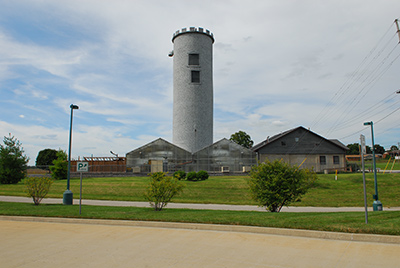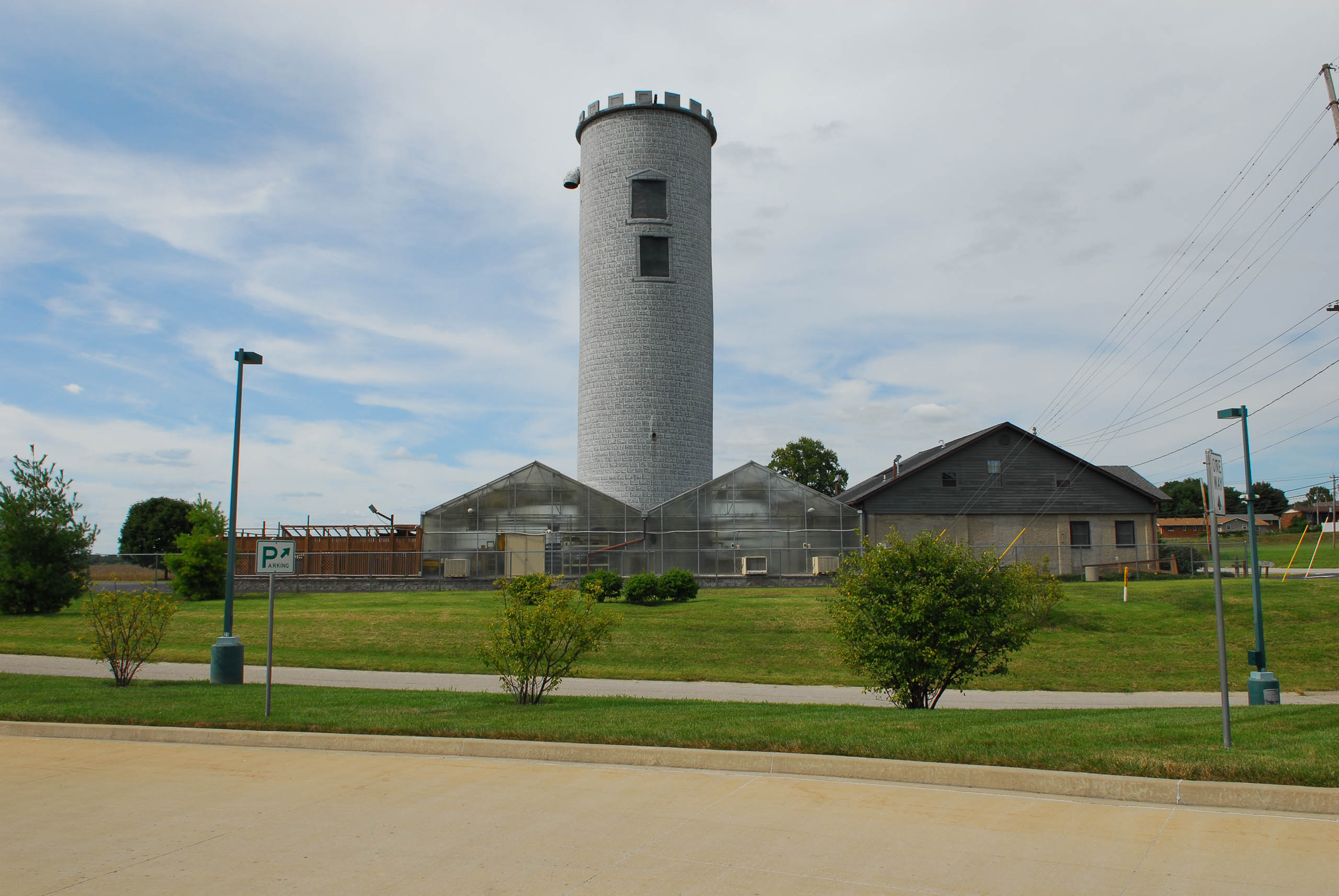



Goshen Settlement is located at the base of the bluffs where Judy’s Creek emerges from the uplands and cuts into the bottomland terrace. The creek, which still gives this corner of the American Bottom its geographic textures, was named after the first American settler in Madison County, Colonel Samuel Judy, who, in 1801, received a grant of 100 acres in the American Bottom near here. This seam along the creek and bluff was the center of American settlement and immigration in the first decade of the nineteenth century, and carried the name of Goshen since at least 1797, when brothers David and Anthony Badgley traversed the area and described it as such. Recounting this exercise in naming, the Illustrated Encyclopedia and Atlas Map of Madison County amplifies that "The luxuriant growth of grass and vegetation, evidence of the great fertility of the soil, reminded the explorers of the richness of the country, the best of the land of Egypt, in which the children of Israel had possessions, 'And grew and multiplied exceedingly,' and they called it Goshen."
While this settlement never grew to any substantial size, it did give its name to a prominent road across Illinois connecting the American Bottom settlements with the salt works on the Ohio River. In the first decades of the nineteenth century, Goshen Road was the main east–west road in Illinois and delivered salt from its eastern terminus to settlers of the American Bottom. Remnants of the road, or at least short stretches bearing its name, endure throughout the state. This road remained the primary infrastructural investment in the state until the National Road made its aborted reach toward St. Louis in 1820.